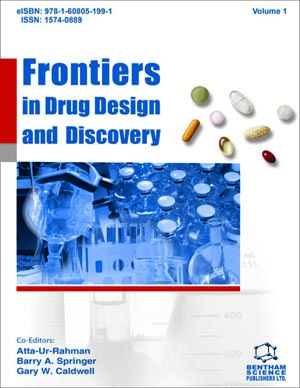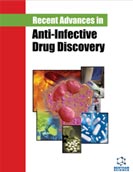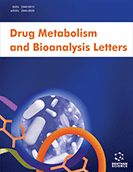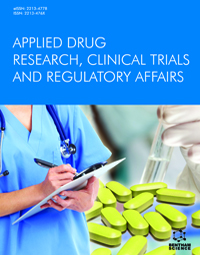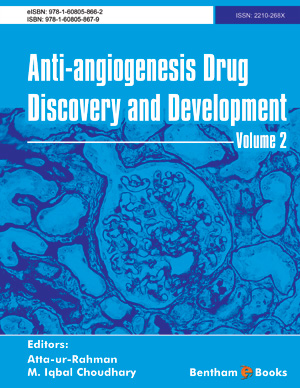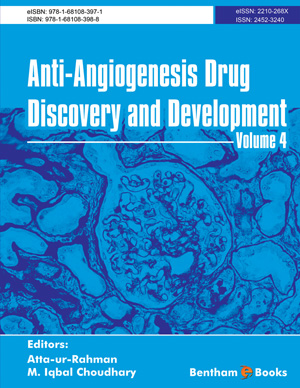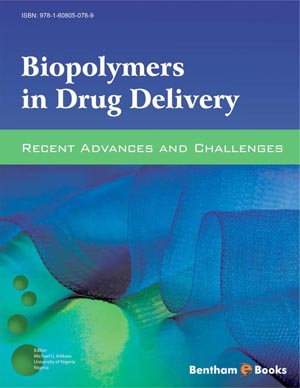Abstract
This study investigated the applicability of metabonomic urinalysis as a toxicological screen in a drug discovery setting as a means to reduce the attrition of new chemical entities in pre-clinical and clinical development. The model hepatotoxins, a-naphthylisothiocyanate (ANIT) and thioacetamide (TA) were dosed in rats to validate our methodologies. The toxins generated significant deviations from the normal metabolic profile of the rat urine, and principal component analysis (PCA) readily showed a separation of controls from animals given acute doses. Spectral changes observed upon ANIT dosing reflected previous literature results showing a large decrease in tricarboxylic acid cycle intermediates and the appearance of bile in the urine. The spectral changes observed for TA reflected glycosuria consistent with known toxicological observations. A test set of drug candidates that failed in preclinical testing, because of target organ toxicity, was then submitted to metabonomic urinalysis. Metabonomic urinalysis failed to classify 3 of the 5 compounds as having toxicological problems. This deficiency can be attributed to the acute dosing protocol and possibly the need to fine tune data collection times. Metabonomic urinalysis as a toxicological screening tool in our environment, a pharmaceutical drug discovery department, appears not to be useful due to a high rate of false positive results and the large amount of material required for a single acute dose in rats.


